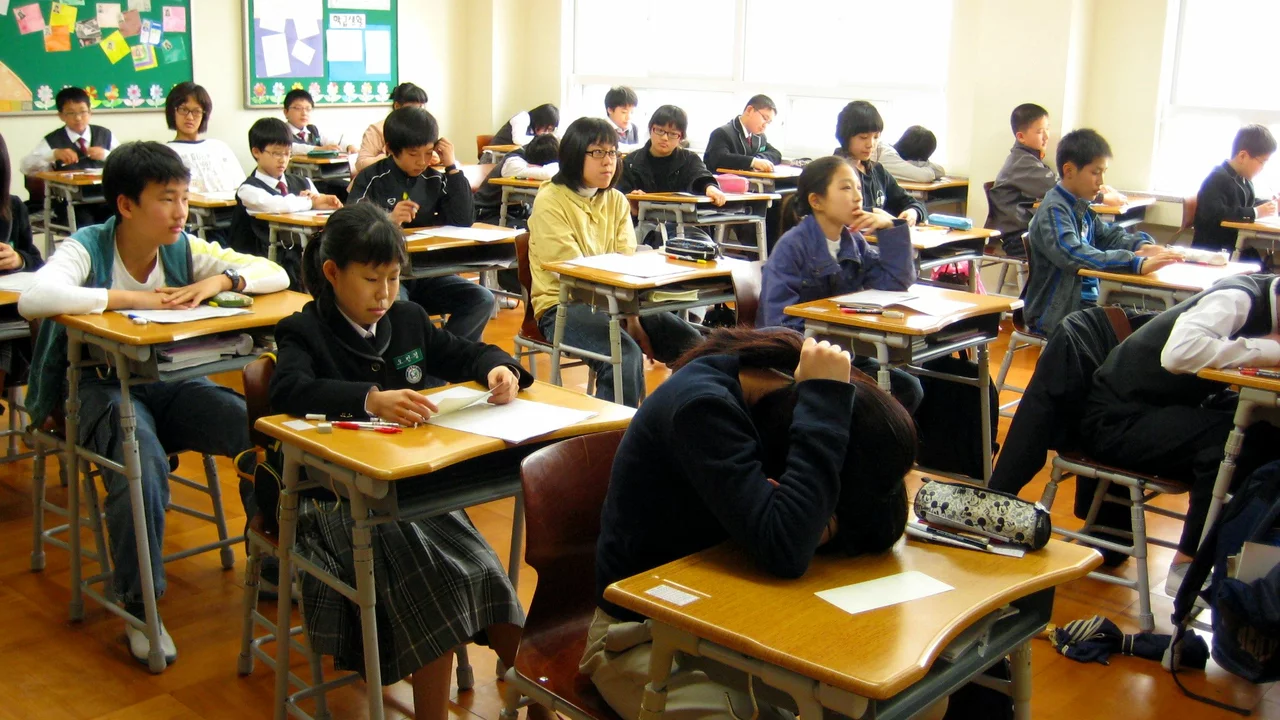Sports in Schools: Why They Matter and How to Make Them Work
Sports in schools do more than fill gym class time; they shape health, study habits, and social skills in ways that show up every day.
Students who play sports move more, sleep better, and focus easier in class. Regular activity improves mood and cuts stress, which helps test scores and classroom behavior. Coaches often teach planning, punctuality, and how to take feedback—skills students use outside practice. Team sports also teach clear goals: win a match, complete drills, or improve a personal record. Those small targets build confidence one step at a time.
Putting sports into a school schedule doesn't need a big budget. Start with after-school clubs using multipurpose space like the playground or a hall. Basic gear—cones, balls, jump ropes—covers many activities and costs little. Partner with parent volunteers or local college athletes for coaching time, and rotate activities so every student finds something they enjoy. Focus on inclusive options like mixed-gender teams, non-competitive fitness clubs, and shorter sessions for beginners.
Why sports matter in schools
Physical activity helps physical health—heart, bones, and weight control—but the mental gains matter just as much. Exercise lowers anxiety and improves memory, which supports learning in other subjects. Being part of a team reduces isolation and teaches conflict resolution: students learn to disagree and then work toward a shared goal. Teachers report fewer classroom disruptions when students get regular physical outlets. That makes the whole school day run smoother.
How to start or improve a school sports program
Begin with a simple plan: pick two or three activities, set days and times, and list needed items. Ask students what they want—interest surveys reveal hidden talents and higher signup rates. Schedule practices so they don't clash with homework peaks or exams. Train one staff member or volunteer to handle safety basics like warm-ups, hydration, and basic first aid. Keep competitions optional at first; some kids just want fun and movement without pressure.
Measure success with clear, easy markers: attendance, student feedback, and basic fitness tests done a few times a year. Use short surveys to track confidence and mood changes. Share wins with parents and the school community—photos, short reports, and a simple scoreboard help build momentum and attract volunteers or small sponsors. If budget allows, apply for local grants or host a community sports day to raise funds.
Safety and inclusion matter. Adapt activities for different abilities and watch for signs of burnout. Encourage proper rest and recovery, and teach good nutrition in practical terms—simple snacks and hydration rules students can follow. Celebrate effort as much as results to keep more kids involved longer.
Sports in schools are a practical tool for healthier, calmer, and more engaged students. With low-cost planning, clear goals, and a focus on inclusion, any school can build a program that sticks and helps students grow on and off the field.
Start small, stay consistent, listen to students, and celebrate progress to keep the program growing strong.

Are sports in schools common in Japan and South Korea?
Caelum Kingston Jul 30 0Oh boy, sports in schools in Japan and South Korea? You betcha! They're as common as sushi in Tokyo or kimchi in Seoul! In fact, the kids there are practically born with a baseball bat or a taekwondo belt in their hands. It's like a rite of passage, my friends. So, next time you're thinking of skipping gym class, remember, a kid in Japan or South Korea is probably doing push-ups right now! Haha!
More Detail